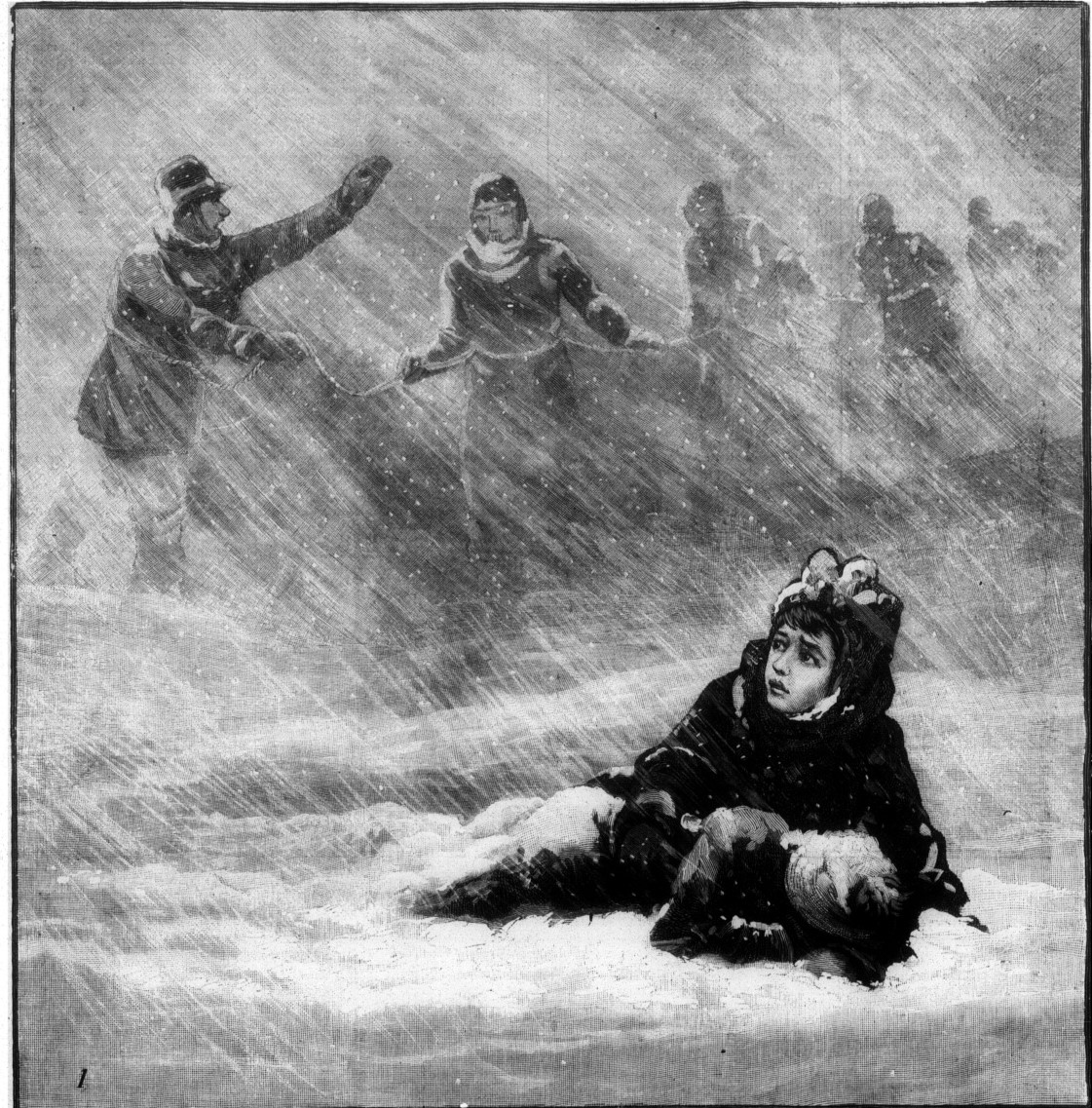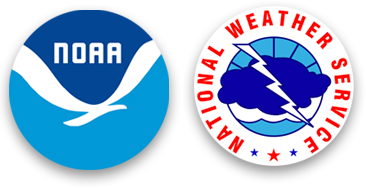The Blizzards of 1888 - National Weather Service Heritage

The Blizzards of 1888
By Dan Valle (Dan.Valle@noaa.gov), edited by Emily Senesac (Emily.Senasac@noaa.gov)Despite prior heavy snowfall and brutal winter conditions in December 1887, several accounts from the northern Plains reported that January 12, 1888 started as a surprisingly beautiful, mild day with temperatures well above freezing that melted snow throughout the region. However, the warmth didn't last: within a few hours, temperatures plummeted as low as -40 F and icy winds ripped through the air at almost 60 miles per hour. In the whiteout, between 250 and 500 people perished. Nicknamed "The Children’s Blizzard," this devastating storm resulted in the deaths of many children on their walk home from school.
A contributing factor to the death toll was the poor construction of many homes and schoolhouses built as the upper Midwest was experiencing a pioneer boom. There is an account of a schoolhouse in Nebraska that lost its roof during the storm. Fortunately, the teacher was able to lead the children to shelter. However, in another instance, a teacher in Plainfield, Nebraska tried to lead children to her home less than 90 yards from the schoolhouse. The group lost their way with the children dying of hypothermia while the teacher lost her feet to frostbite.
That winter's tragedies didn't end there.
The weekend of March 10, 1888 started off rather pleasantly in the Northeast: Saturday brought early spring weather, complete with growing grass, chirping birds, and budding trees. However, by Sunday afternoon, the temperature had suddenly dropped and rain began to fall. Come Monday morning, the rain changed to snow and the warm breezes transformed into powerful gusts of at least 50 miles per hour. Before long, the snowfall amounts reached 40 to 50 inches with snow drifts between 30 and 40 feet deep.
The storm cut off and immobilized east coast cities, crippling transportation and affecting one quarter of the U.S. population. The storm became legendary in New York City: as the economy was struggling, most workers went to their jobs regardless of the weather conditions. As a result, there were numerous accounts of people stranded and freezing to death. More than 400 people died from this storm, 200 in New York City alone. Additionally, the winds were so fierce that more than 200 vessels were destroyed up and down the eastern seaboard, resulting in the death of 100 seamen.
The failure of the Signal Service to issue a "Cold Wave Warning" for these two calamitous blizzards became a motivating factor for moving the meteorological service out of the War Department so as to improve forecasting and preparedness efforts. Two years later, the legislation creating the Weather Bureau under the Dept. of Agriculture was signed by President Benjamin Harrison on October 1, 1890.
References:
125 years ago, deadly 'Children's Blizzard' blasted Minnesota. (2018, January 11). Retrieved from https://www.minnpost.com/minnesota-history/2013/01/125-years-ago-deadly-children-s-blizzard-blasted-minnesota/
Blizzard brings tragedy to Northwest Plains. (2009, November 13). Retrieved from https://www.history.com/this-day-in-history/blizzard-brings-tragedy-to-northwest-plains
Hughes, P. (1976). AMERICAN WEATHER STORIES. E.i.
Image: A scene from the Dakotas, from the 1888 January 28 edition of Frank Leslie's Weekly.
